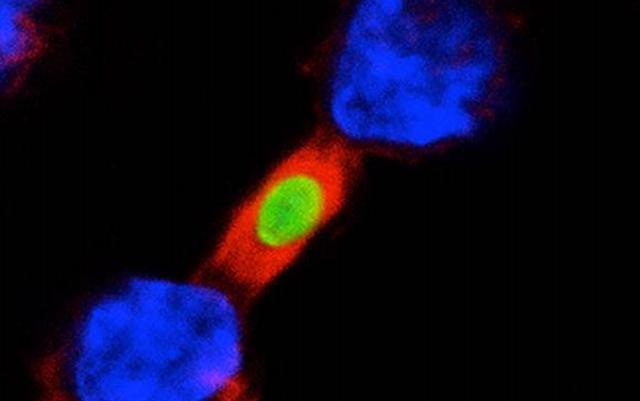The immune response to infection is a delicate balance.We just need to take enough steps to get rid of harmful bacteria or viruses, but not too many to avoid collateral damage to our bodies.

Macrophages are first-line immune cells that detect pathogens and trigger an inflammatory response when needed.Understanding how macrophages decide when to go all out and when to stay calm is key to finding new ways to strike the right balance - especially in cases of excessive inflammation, such as septicemia, colitis and other autoimmune diseases.
In a study published in the October 14 issue of the Proceedings of the National Academy of Sciences, researchers at the University of California, San Diego School of Medicine found that a molecule called Girdin (GIV) blocks macrophages.
When the team deleted the GIV gene from mouse macrophages, the immune cells quickly overreacted to an excess of live bacteria or bacterial toxins.Mice with colitis and sepsis fared even worse when the GIV gene was absent from the macrophages.
The researchers also created peptides that mimic GIV, enabling them to shut down mouse macrophages on command.When the mice were treated with GIV-mimicked peptide, their inflammatory response was reduced.
"When a patient dies of sepsis, he or she doesn't die because the bacteria have invaded, but because the immune system overreacts to the bacteria," says Pradipta Ghosh, M.D., a professor at the University of California, San Diego School of Medicine.And Morse Cancer Center."This is similar to the dangerous' cytokine storm 'we see now, which may have been caused by the novel CoronavirusSARS-COV-2 infection.Macrophages and the cytokines they produce are the body's own immune stimulants, and when produced in excess, they do more harm than good."
Digging deeper into how this works, Ghosh and his team found that GIV typically syntheses a molecule called Toll-like receptor 4(TLR4).TLR4 passes through the cell membrane and gets stuck, causing fragments to stab inside and outside the cell.Outside the cell, TLR4 ACTS as an antenna, looking for signs of an invading pathogen.Inside the cell, GIV sits between the receptor's two "feet."When placed in place, GIV keeps the feet apart and nothing happens.When GIV is removed, the TLR4 foot contacts and begins to produce a cascade of immune stimulation signals.
Ghosh's GIV mimic peptide replaces protein when it is absent, which separates the feet and calms the macrophages.

 124
124





 折扣:
折扣: